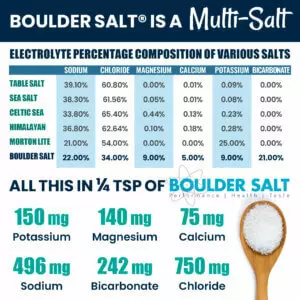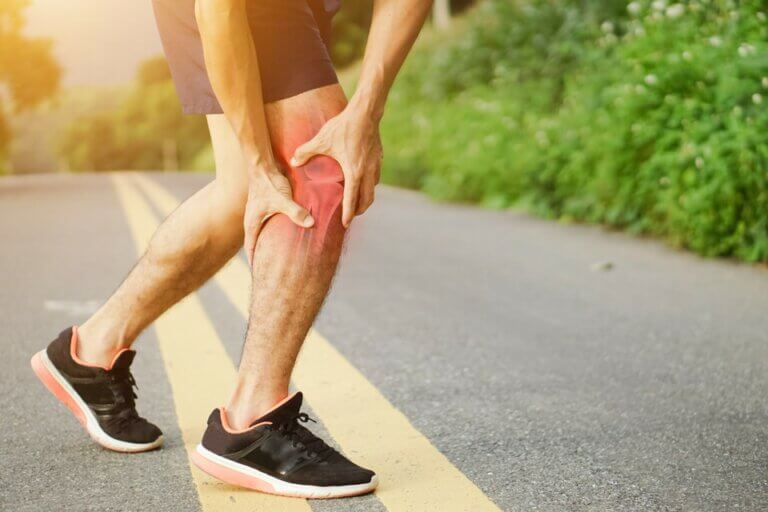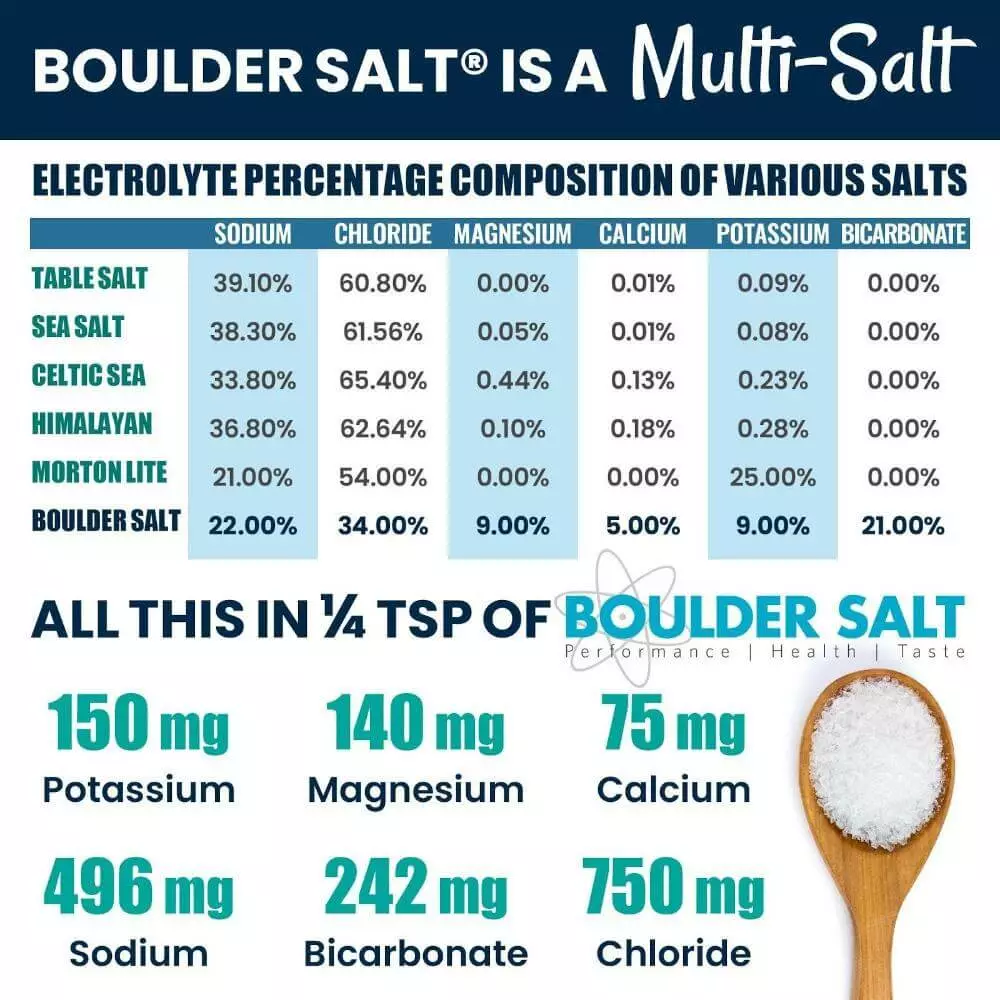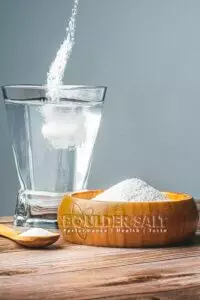
Put Flavor Back in your Low Sodium Diet with Boulder Salt Who says a low sodium diet has to mean bland

While a lot of things that can cause muscle cramps, and there can be many contributing factors that make you more at risk for muscle cramps. It’s important to know what can make you more susceptible to muscle cramps, and how we can prevent muscle cramps. Let’s start at the beginning and dive in to discover what causes muscle cramps
The primary cause of muscle cramps is the overuse of a muscle. Think of it as a “ticking time bomb” waiting to go off. The first thing to address is the overuse, because it is the primary cause. Overuse can look a couple of different ways, it can be both overuse from moving the muscle a lot, or overuse from holding the muscle in the same position. Either way, putting strain on the muscle can lead to cramps. Once you ID the movement or position, that will help you solve your muscle cramp problems.
There are some medical conditions that make you more prone to getting cramps, some of which you can control and some of which you can’t. These are:
All of these factors will help you ease muscle cramps or prevent them from happening in the future! Shop our selection of Boulder Salt today!

More to explore

Put Flavor Back in your Low Sodium Diet with Boulder Salt Who says a low sodium diet has to mean bland

What is the Best Salt for Restless Leg Syndrome – Boulder Salt
Boulder Salt is the best salt for restless leg syndrome treatment because it supplies you with high dose of magnesium as well

What is the Best Unflavored Electrolyte Powder?
Experience Fast Hydration with – The Best Unflavored Electrolyte Powder – Boulder Salt You’re looking for the highest quality unflavored electrolyte